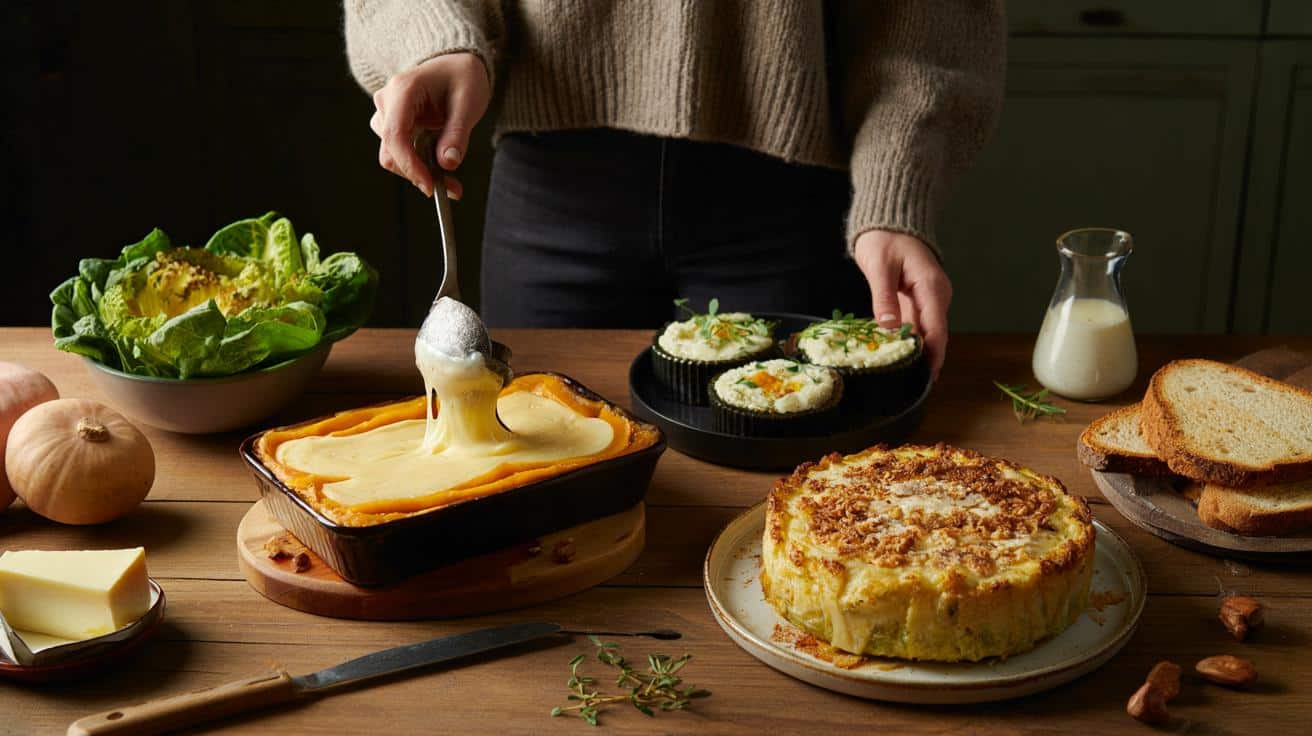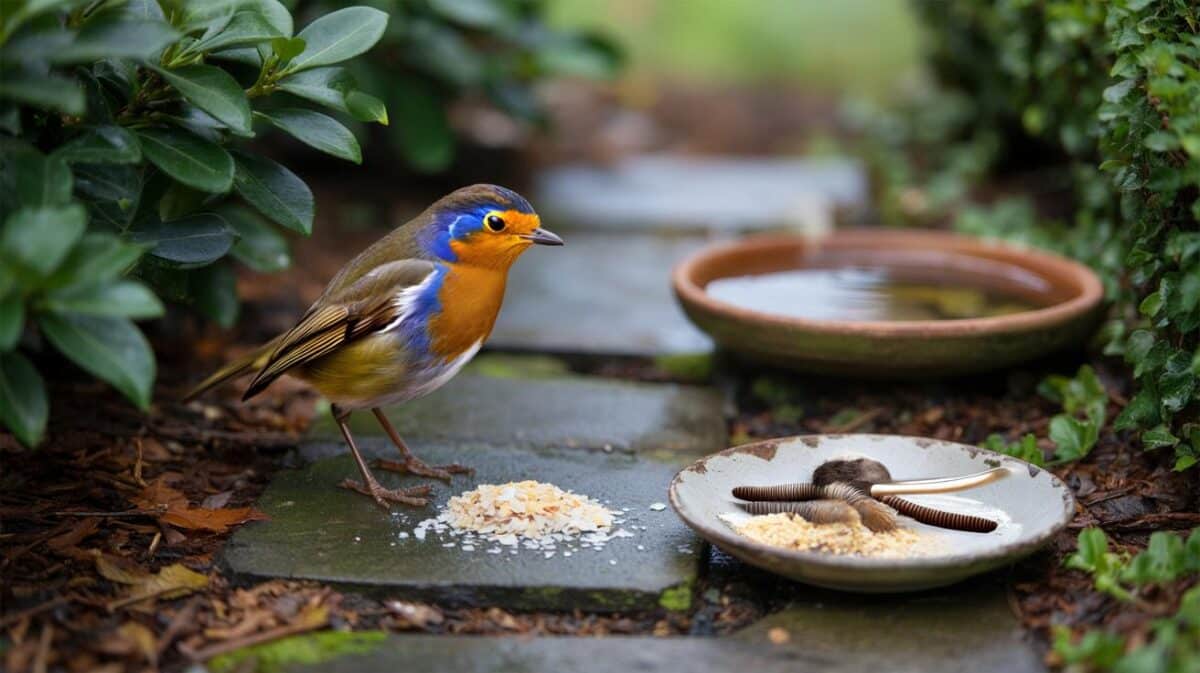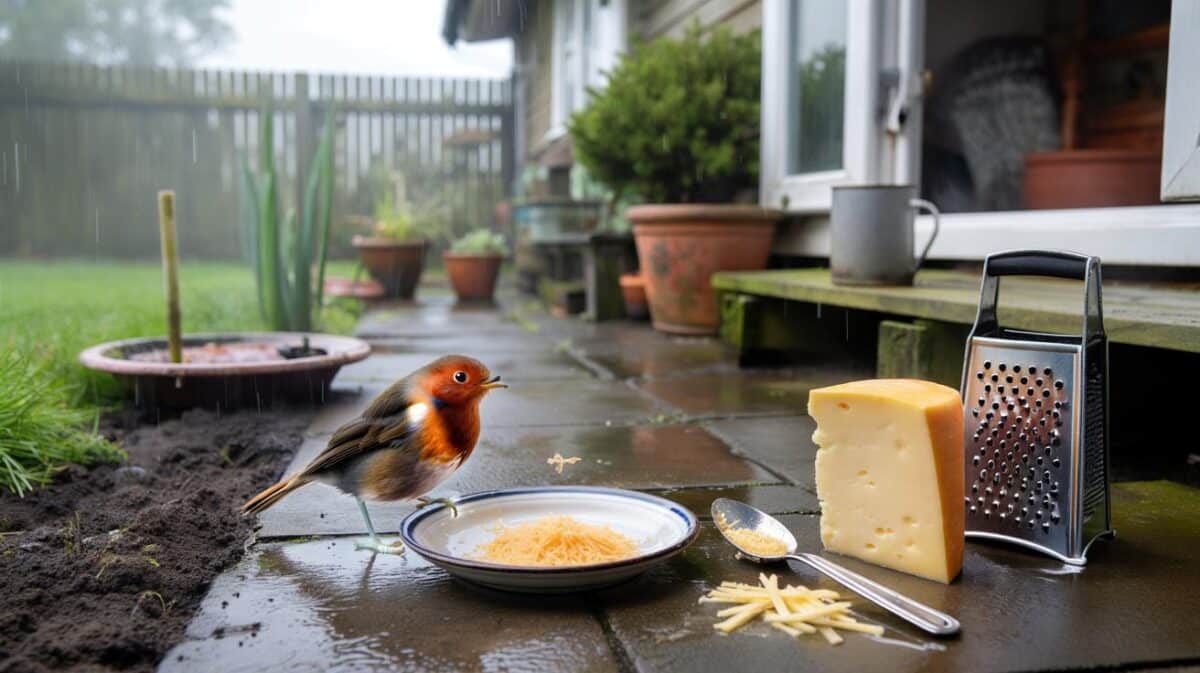Across Britain, oven dishes are stepping back into the limelight, promising heat, thrift and flavour in one tray. Three seasonal gratins headline the week: butternut with comté, cauliflower with hazelnut crunch, and leek with fresh goat’s cheese. Each asks for modest shopping, simple steps and 25–50 minutes in the oven. Each rewards you with a bronzed top, creamy centre and a dining table that feels three degrees warmer.
Autumn bargains at the market
Stalls carry butternut squash, leeks and cauliflower in peak condition. Prices look gentle as supply rises. The trio suits family cooking because the vegetables hold shape in the oven and release sweetness. Cheese adds depth. A little cream or milk binds. The result feeds four to six without fuss.
Shop once, cook twice: one large bake on Sunday yields hot plates tonight and tidy leftovers for midweek.
Butternut and comté gratin: soft edges, deep flavour
Peel the butternut and slice it thin for even cooking. Rub a baking dish with cut garlic. Layer squash with a pinch of salt, black pepper and a whisper of nutmeg. Dot with butter. Scatter grated comté between the layers. Finish with more cheese on top. Pour thick cream around the edges so it seeps in.
Slide the dish into a 180°C oven for about 50 minutes. The top should colour to a tawny gold. A knife should meet little resistance in the centre. The cheese should pull into soft threads as you serve.
Balance the richness with lamb’s lettuce and a walnut vinaigrette. The leaves cut through the cream. The nuts echo the cheese’s fruity notes. The contrast keeps the plate lively.
180°C, 50 minutes, thin slices: tender middle, bronzed top, clean layers that hold on the spoon.
Cauliflower and hazelnut gratin: a crisp top with bite
Break the cauliflower into florets. Boil them in salted water for 10 minutes. You want firmness that stands up to the bake. Make a thick béchamel in a separate pan. Melt butter. Whisk in flour. Cook it for two minutes to remove rawness. Stream in whole milk while whisking until smooth and coating. Off the heat, fold in a spoon of grain mustard. Season with salt, pepper and a grate of nutmeg.
Toss the florets in the warm sauce. Tip everything into a baking dish. Cover with grated hard cheese. Crush roasted hazelnuts and sprinkle over the surface. Bake at 200°C for about 25 minutes. The top should crackle and the edges should bubble.
The mustard lifts the sauce. The hazelnut crunch breaks the creaminess. Serve with thick slices of toasted country bread. The crust soaks the sauce. The crumb holds the florets. It turns a side into a main.
Leek and fresh goat’s cheese gratin: gentle, aromatic heat
Wash the leeks well and slice them thin. Soften them in a frying pan with a little olive oil. Keep the heat moderate. You want them tender and a touch caramel at the edges. In a bowl, whisk fresh goat’s cheese with light cream and two beaten eggs. Season with salt and pepper. Stir in the warm leeks.
Oil a baking dish or divide the mix between ramekins. Top with a modest layer of grated firm cheese for colour. Bake at 190°C for about 30 minutes until the surface browns. The centre will set but stay moist.
For a smart table, bake in mini cocottes and finish with a sprig of thyme or a pinch of toasted seeds. A salad of young leaves on the side adds crunch and acidity. The dish suits a meat-free night yet feels generous.
Numbers that help you plan
| Dish | Oven temp | Time | Key flavours | Estimated cost per person |
|---|---|---|---|---|
| Butternut and comté gratin | 180°C | ≈50 minutes | Sweet squash, nutty comté, nutmeg | £1.80–£2.40 |
| Cauliflower and hazelnut gratin | 200°C | ≈25 minutes | Mustard béchamel, roasted nuts | £1.60–£2.10 |
| Leek and goat’s cheese gratin | 190°C | ≈30 minutes | Sweet leeks, tangy chèvre | £1.70–£2.30 |
Figures reflect typical UK supermarket prices in late autumn and assume four servings per tray. Your basket may vary by region and brand.
Smart tweaks for taste, cost and diet
- Cheese swaps: comté can give way to mature cheddar; gruyère can stand in for emmental; both melt well and cost less.
- Nut-free option: swap hazelnuts for toasted breadcrumbs mixed with a little olive oil and herbs.
- Gluten-free switch: use a gluten-free flour blend for the béchamel or thicken with cornflour slaked in cold milk.
- Lighter dairy: replace half the cream with semi-skimmed milk; the bake stays soft if you keep the slices thin.
- Extra veg: tuck spinach under the leek mixture, or add thin slices of celeriac to the butternut layers for earthier notes.
Leftovers last up to three days in the fridge. Reheat at 160°C until piping hot and the top re-crisps.
Why trays beat takeaways this month
One tray cook reduces handling and washing up. It concentrates flavour without elaborate kit. A fan setting usually trims a few minutes and uses less energy than a standard oven mode. Batch preparation cuts waste. You can roast extra vegetables alongside on a second shelf for tomorrow’s lunch.
Nutrition trends favour these vegetables. Butternut brings beta-carotene. Leeks offer prebiotic fibre. Cauliflower carries vitamin C even after a short boil. Cheese adds protein and calcium. The balance keeps you full, which helps when budgets feel tight.
Technique notes that raise your success rate
Cut, season, layer
Go thin with the squash so the centre softens within 50 minutes. Season each layer lightly rather than the top only. A pinch of nutmeg goes far, so keep it light.
Béchamel without lumps
Cook the flour and butter for two minutes to remove raw taste. Add milk gradually while whisking. If it thickens too much, whisk in a splash more milk off the heat to loosen.
Moisture management
Drain cauliflower well after boiling to avoid a watery dish. Let fried leeks steam off briefly so the egg mixture does not dilute.
Food safety, storage and reheating
Cool trays quickly after serving and refrigerate within two hours. Store in covered containers to protect the crust. Reheat portions in the oven at 160–170°C to restore texture. The microwave softens the top, so use it only for speed and finish under a hot grill for a minute to re-crisp.
Allergens to note include milk, eggs, nuts and gluten. Mark containers if you share a fridge. For a nut-free household, keep roasted nuts sealed and added at the table to avoid cross-contact.
Extra ideas to stretch the week
Turn leftovers into a new meal. Fold diced butternut gratin into a frittata. Blitz a spoon of cauliflower gratin with hot stock for a five-minute soup. Spoon warm leek gratin over toast with a squeeze of lemon for lunch.
If you track energy use, compare the oven time to a slow cooker set on high for 2–3 hours. The slow cooker saves peak electricity and frees the oven. Finish under a grill to colour the top. The texture changes slightly, yet the flavour remains steady.







